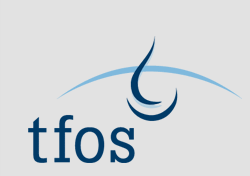
Contact Lens Discomfort What is it, why does it occur, and how can it be treated? Jason J. Nichols (Houston, TX, USA), Lyndon Jones (Waterloo, Ontario, Canada), J. Daniel Nelson (Minneapolis, MN, USA), Fiona Stapleton (Sydney, NSW, Australia), David A. Sullivan (Boston, MA, USA), Mark D.P. Willcox (Sydney, NSW, Australia), on behalf of the participants of the TFOS International Workshop on Contact Lens Discomfort |
 |
|---|












